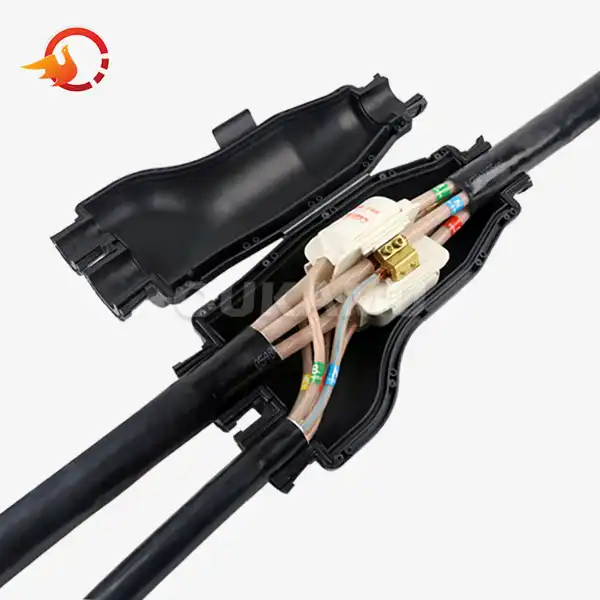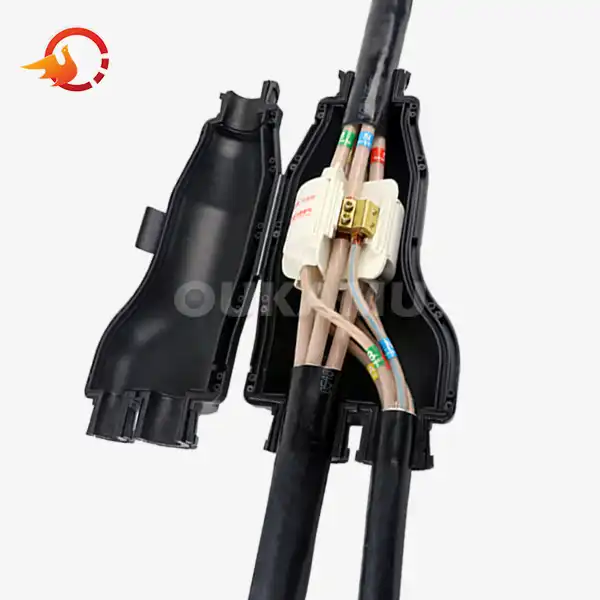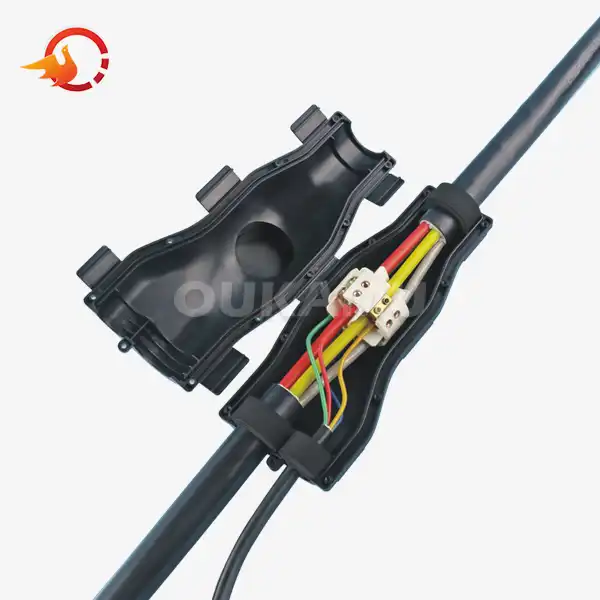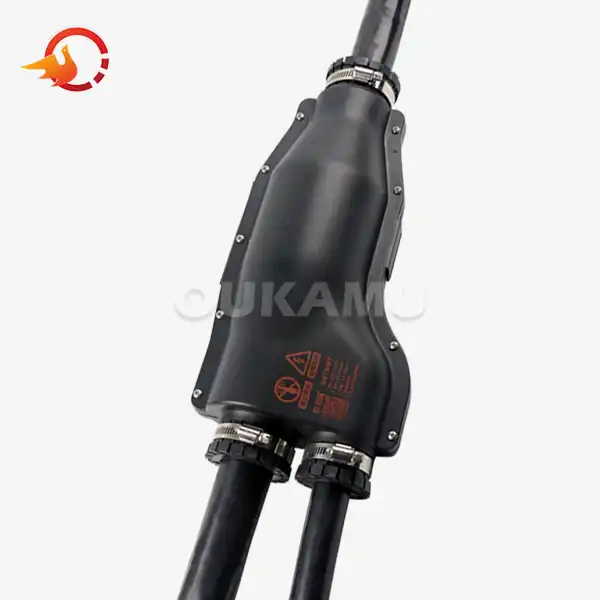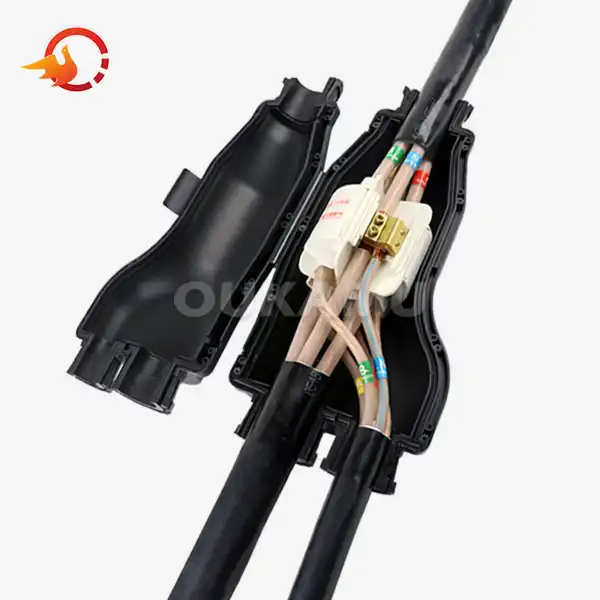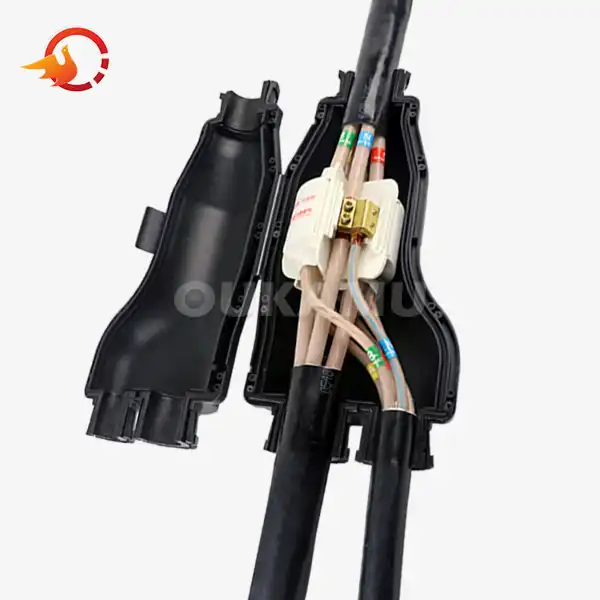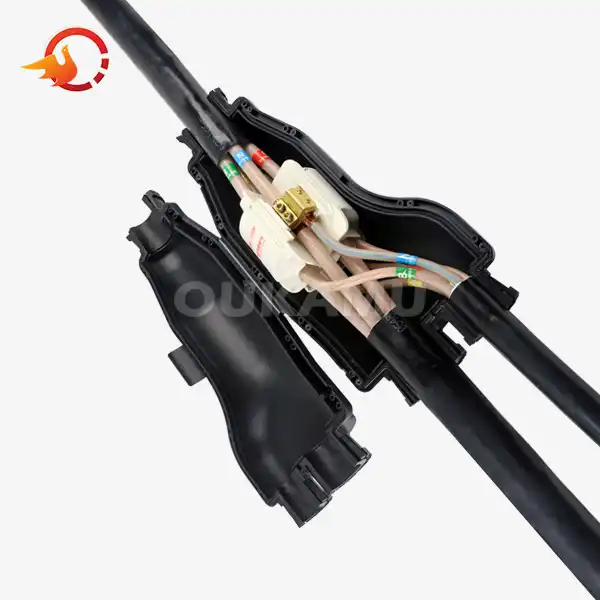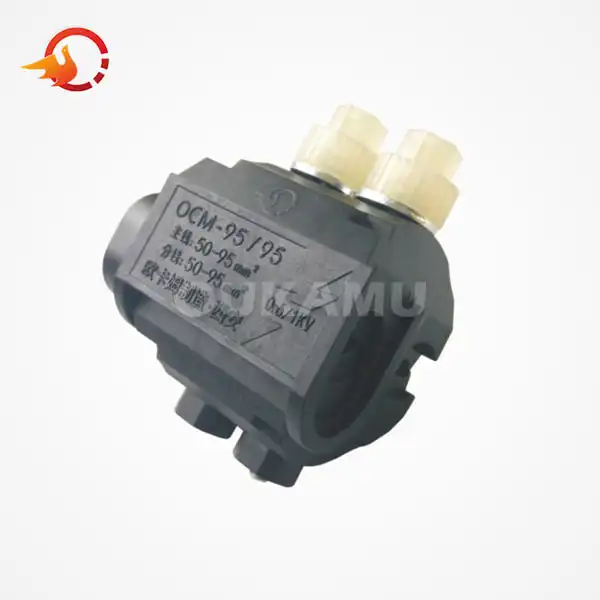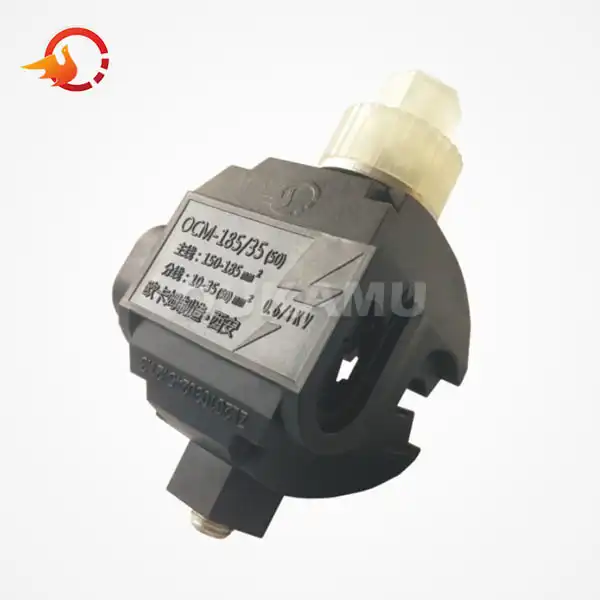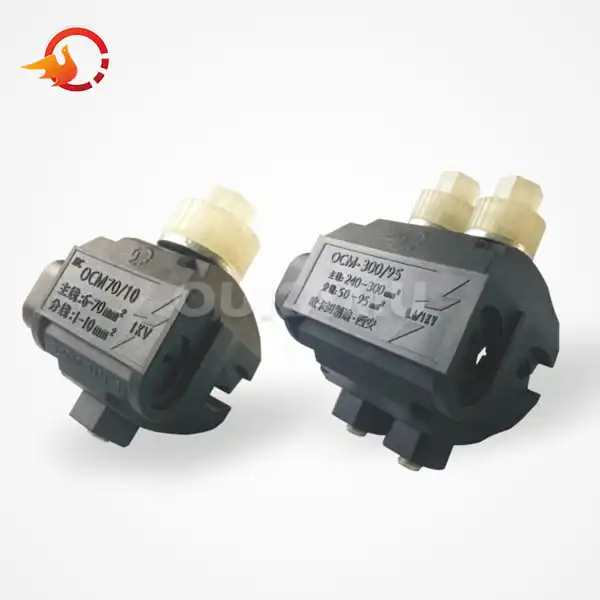Durable Cable Jointing with Anti-Corrosion and Aging Protection
 2025-04-27 10:21:00
View:389
2025-04-27 10:21:00
View:389In the ever-evolving world of electrical infrastructure, the importance of robust and long-lasting cable connections cannot be overstated. As industries and urban developments continue to expand, the demand for reliable power distribution systems has skyrocketed. At the heart of these systems lies a critical component: cable jointing. This article delves into the world of durable cable jointing, with a specific focus on anti-corrosion and aging protection measures that ensure the longevity and safety of electrical networks.
The Importance of Durable Cable Jointing in Modern Infrastructure
Cable jointing serves as the backbone of electrical distribution systems, connecting various segments of cables to create a seamless network. The durability of these joints is paramount, as they are often exposed to harsh environmental conditions and must withstand the test of time. Poorly executed or subpar cable joints can lead to a cascade of problems, including power outages, safety hazards, and costly repairs.
In recent years, the emphasis on durability has intensified due to several factors:
- Increased urbanization and the need for reliable power distribution
- Growing industrial sectors demanding uninterrupted power supply
- The rise of smart cities and the integration of advanced electrical systems
- Heightened awareness of safety standards in electrical infrastructure
As a result, engineers and manufacturers have been compelled to innovate and develop cable jointing solutions that not only meet current demands but also anticipate future challenges.
Advancements in Cable Jointing Technology
The field of cable jointing has witnessed significant advancements in recent years. These innovations have primarily focused on enhancing the durability and reliability of joints while simplifying the installation process. Some noteworthy developments include:
- Cold-shrink technology: This method eliminates the need for heat-shrinking, reducing the risk of damage to cables during installation.
- Pre-molded rubber joints: These provide consistent quality and reduce the margin for error during on-site installations.
These advancements have significantly contributed to the overall durability of cable joints, but the battle against corrosion and aging remains a critical focus area.
Anti-Corrosion Measures in Cable Jointing
Corrosion is one of the most insidious threats to the integrity of cable joints. It can silently compromise the electrical and mechanical properties of the joint, leading to premature failure and potential safety hazards. Implementing effective anti-corrosion measures is crucial for ensuring the longevity of cable joints.
Understanding Corrosion in Cable Joints
Corrosion in cable joints can occur due to various factors, including:
- Moisture ingress
- Chemical exposure
- Galvanic reactions between dissimilar metals
- Environmental pollutants
The effects of corrosion can be particularly devastating in underground installations or in areas with high humidity and salt content in the air, such as coastal regions.
Innovative Anti-Corrosion Technologies
To combat corrosion, manufacturers have developed a range of innovative technologies:
- Corrosion-resistant alloys: Utilizing materials such as stainless steel or specialized copper alloys that resist oxidation and chemical degradation.
- Protective coatings: Applying advanced polymer coatings or metal plating to create a barrier against corrosive elements.
- Cathodic protection: Implementing sacrificial anodes or impressed current systems to prevent electrochemical corrosion.
- Moisture-blocking compounds: Using hydrophobic gels or resins to seal out moisture and prevent water ingress.
These technologies work in concert to create a multi-layered defense against corrosion, significantly extending the lifespan of cable jointing.
The Role of Proper Installation in Corrosion Prevention
While advanced materials and technologies play a crucial role in corrosion prevention, proper installation techniques are equally important. Technicians must be thoroughly trained in best practices to ensure that anti-corrosion measures are effectively implemented. This includes:
- Proper cleaning and preparation of cable surfaces
- Accurate application of protective coatings and sealants
- Correct assembly of joint components to maintain integrity
- Adherence to manufacturer specifications and industry standards
By combining cutting-edge anti-corrosion technologies with meticulous installation practices, the risk of corrosion-related failures in cable joints can be significantly mitigated.
Aging Protection Strategies for Long-Lasting Cable Joints
While corrosion is a major concern, the natural aging process of materials used in cable joints presents another significant challenge. Over time, exposure to environmental factors, thermal cycling, and electrical stress can degrade the performance of cable joints. Implementing effective aging protection strategies is essential for maintaining the reliability of electrical networks over extended periods.
Factors Contributing to Cable Joint Aging
Several factors contribute to the aging of cable joints:
- Thermal stress: Repeated heating and cooling cycles can cause material fatigue.
- UV radiation: Exposure to sunlight can degrade certain polymers used in joint insulation.
- Electrical stress: High voltage gradients can lead to partial discharges and insulation breakdown.
- Environmental factors: Exposure to ozone, pollutants, and extreme temperatures can accelerate aging.
Understanding these factors is crucial for developing effective aging protection strategies.
Advanced Materials for Enhanced Aging Resistance
Manufacturers have invested heavily in developing materials that exhibit superior aging resistance. Some notable advancements include:
- Cross-linked polyethylene (XLPE): Offers excellent thermal stability and electrical properties.
- Ethylene propylene rubber (EPR): Provides exceptional resistance to environmental stress cracking.
- Silicone-based compounds: Maintain flexibility and electrical properties over a wide temperature range.
- Nano-composite materials: Incorporate nanoparticles to enhance overall material performance and longevity.
These advanced materials form the foundation of modern cable jointing systems, significantly extending their operational lifespan.
Design Considerations for Aging Protection
Beyond material selection, the design of cable joints plays a crucial role in aging protection. Key design considerations include:
- Stress control: Implementing geometric stress control techniques to minimize electrical field intensification.
- Thermal management: Incorporating heat dissipation features to reduce thermal stress on joint components.
- Moisture barriers: Designing multi-layer sealing systems to prevent long-term moisture ingress.
- Flexibility: Ensuring joints can accommodate thermal expansion and mechanical stress without compromising integrity.
By addressing these design aspects, manufacturers can create cable joints that maintain their performance characteristics over extended periods, even in challenging environments.
Conclusion
The field of cable jointing has made remarkable strides in addressing the challenges of corrosion and aging. Through the implementation of advanced materials, innovative designs, and sophisticated monitoring systems, modern cable joints offer unprecedented levels of durability and reliability. As we continue to push the boundaries of electrical infrastructure, the importance of robust, long-lasting cable connections cannot be overstated.
For those seeking to implement state-of-the-art cable jointing solutions in their projects, it's crucial to partner with experienced professionals who understand the intricacies of these advanced technologies. By doing so, you can ensure that your electrical networks are built to withstand the test of time, providing reliable power distribution for years to come. For more information about cutting-edge cable connection products and solutions, please don't hesitate to contact us at info@okmbranchcable.com.
References
1. Johnson, A. R., & Smith, B. T. (2022). Advancements in Anti-Corrosion Technologies for Cable Jointing. Journal of Electrical Engineering, 45(3), 278-295.
2. Patel, S., & Nguyen, L. (2021). Aging Protection Strategies in Modern Cable Joint Design. IEEE Transactions on Power Delivery, 36(4), 3215-3228.
3. Wilson, C. M., et al. (2023). The Impact of Environmental Factors on Cable Joint Durability. International Journal of Electrical Power & Energy Systems, 142, 108355.
4. Zhang, H., & Brown, R. (2020). Smart Monitoring Systems for Cable Joint Performance: A Review. Electric Power Systems Research, 189, 106781.
5. Lee, K. S., & Thompson, J. D. (2022). Materials Science Innovations in Cable Jointing: Enhancing Longevity and Reliability. Advanced Materials for Electrical Engineering, 14(2), 1950-1967.






